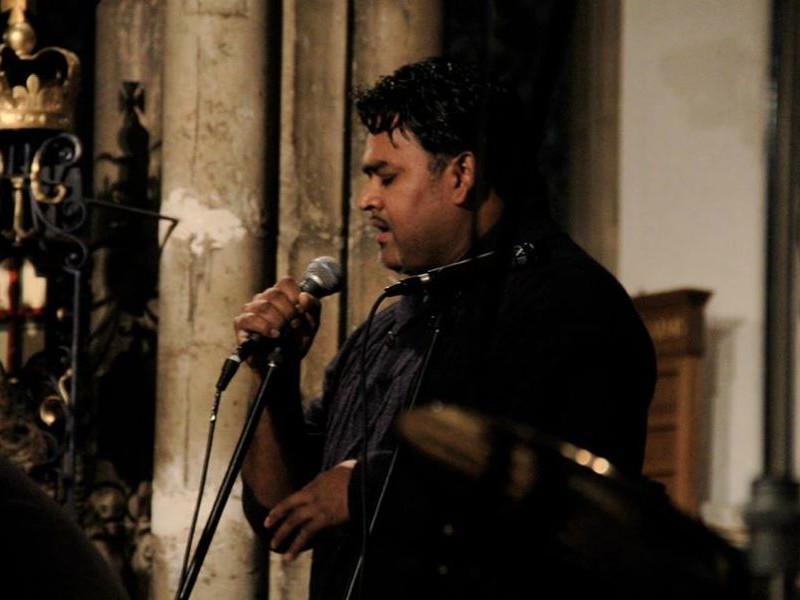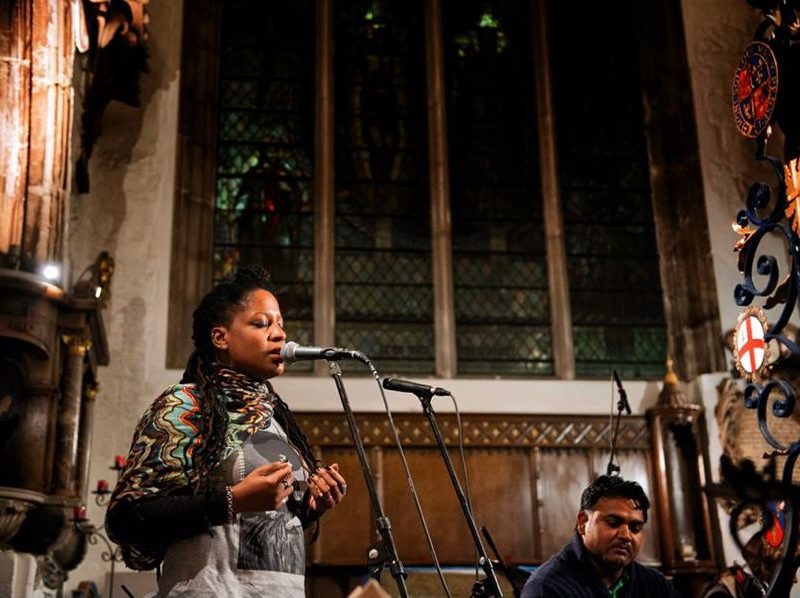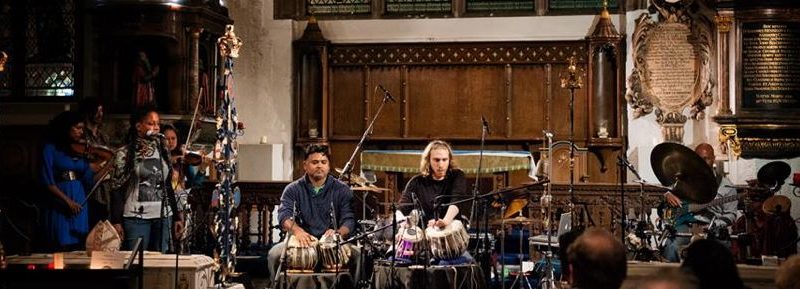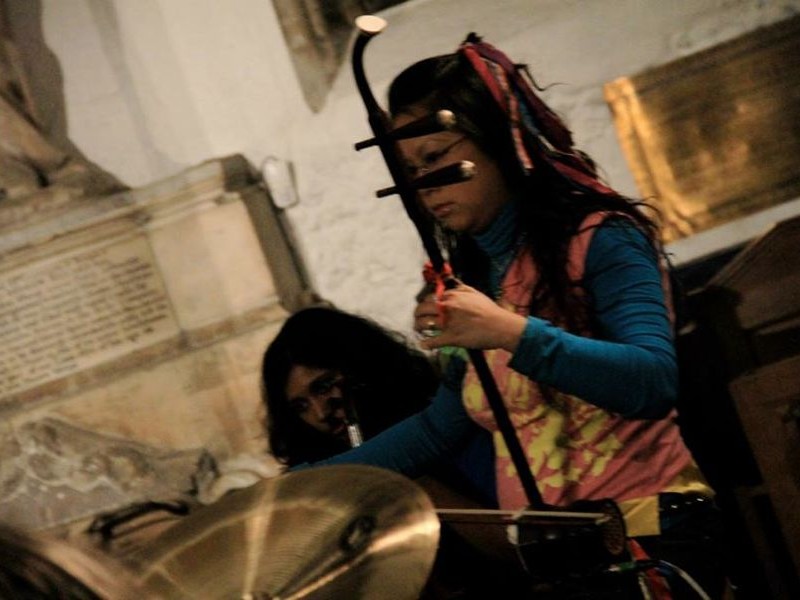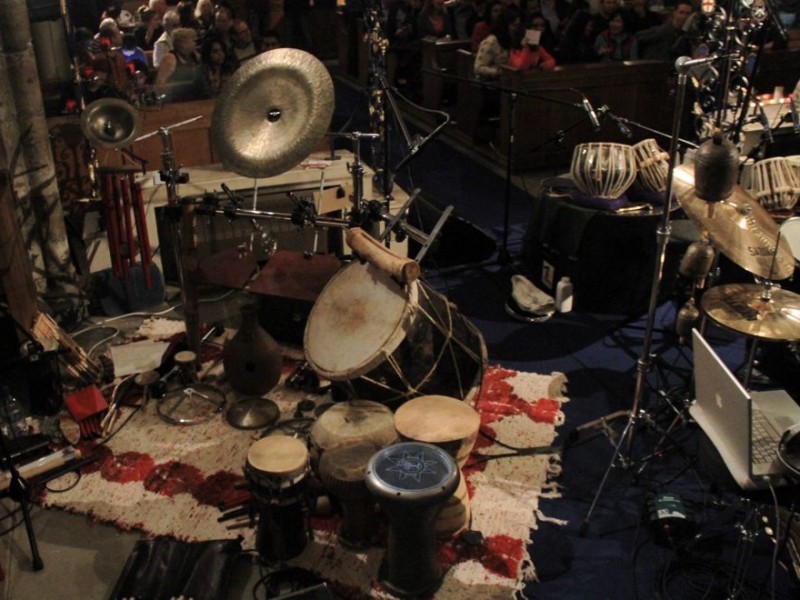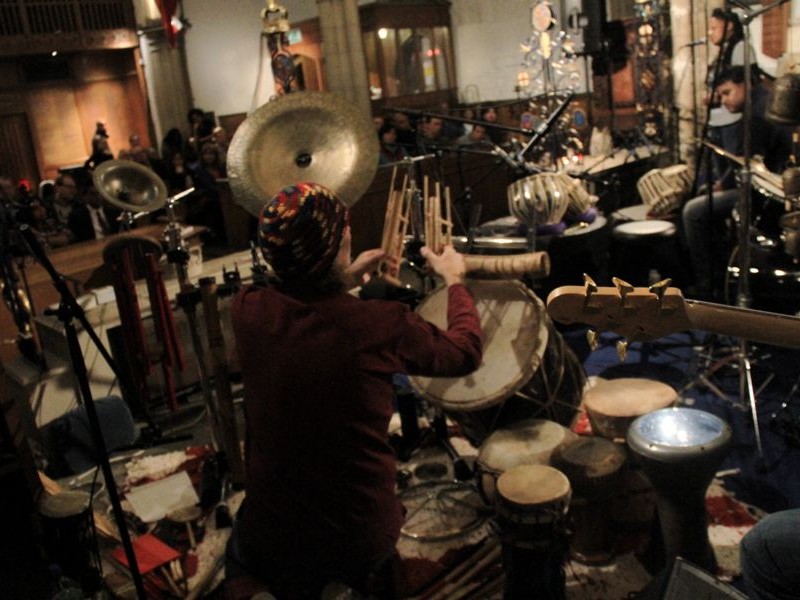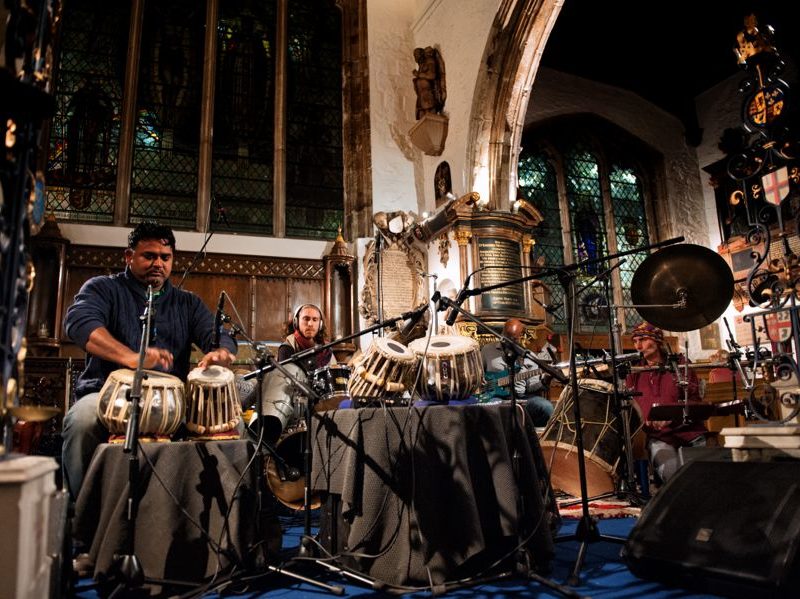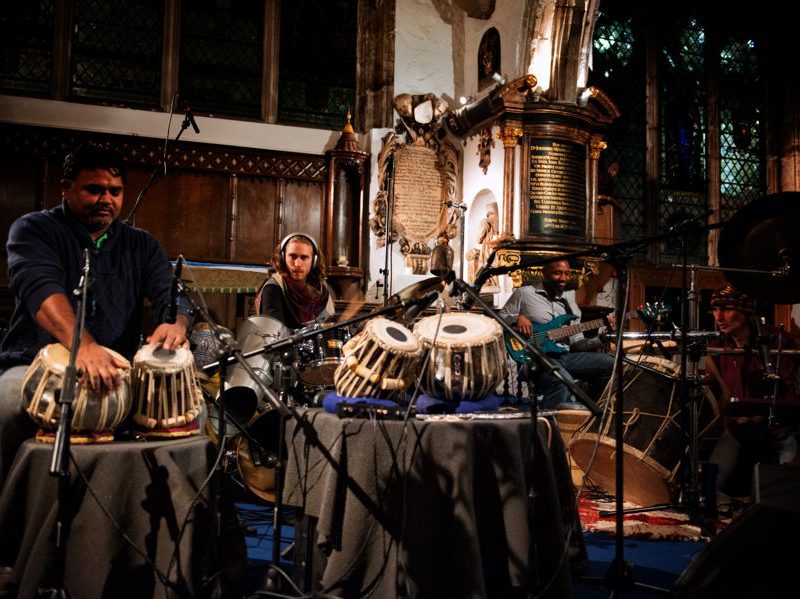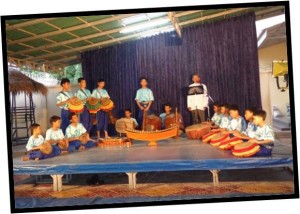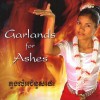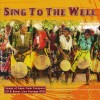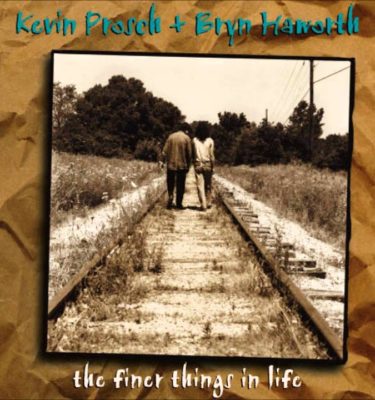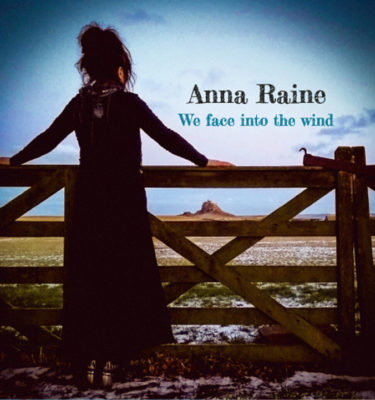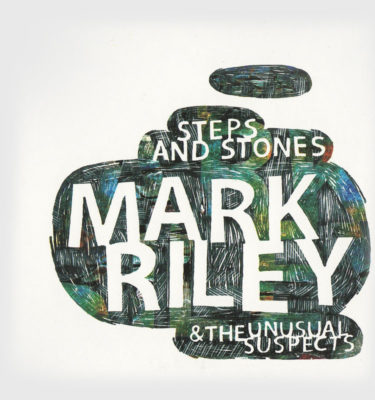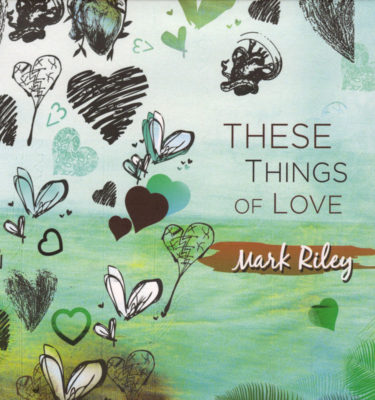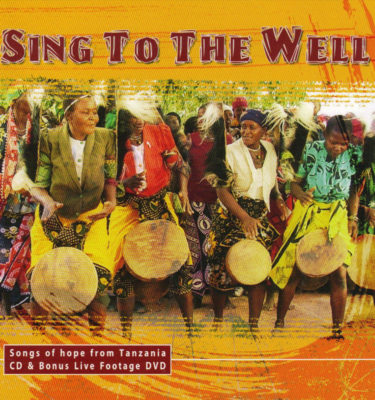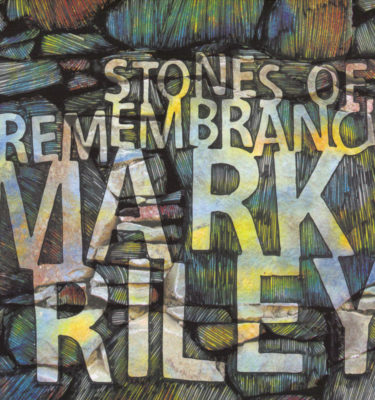Here’s some pictures from the wonderful gig in London last Friday.
In order to get the full experience – there is nothing like traveling around Phnom Penh in a tuk tuk. The music is from the Garlands for Ashes CD we recorded in 2011.
On our arrival we listen to the drum orchestra practicing – getting ready for the following days recording.
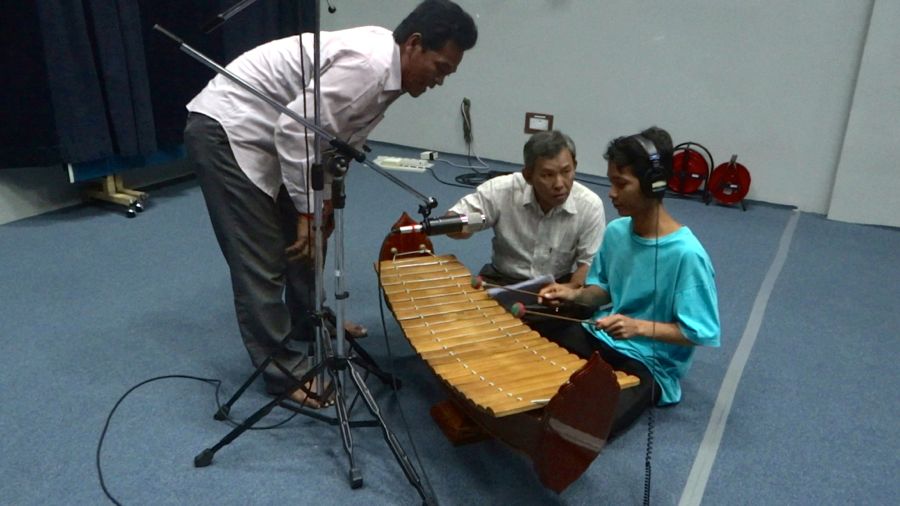 A student learns from two master players. Pastor David spent a number of years studying music in Berlin during the communist era, allowing him to miss the Pol Pot regimes harsh dictatorship. He has become very well known as a composer of Khmer music. The other teacher is a master Tro Sao player – both play a big part in teaching at the school.
A student learns from two master players. Pastor David spent a number of years studying music in Berlin during the communist era, allowing him to miss the Pol Pot regimes harsh dictatorship. He has become very well known as a composer of Khmer music. The other teacher is a master Tro Sao player – both play a big part in teaching at the school.
Radio 4 often has some wonderful programs telling the stories behind the music – today there was a program by Julie Fowlis an acclaimed Hebridean musician and singer, talking about a project that is collating the amazing stories and musical heritage in Scotland. Tobar an Dulchais (translated as “a well of heritage”) is an incredible online resource which has been set up to preserve recordings in Scots, Gaelic and many other local dialects. At the moment they have a catalogue of 30,000 songs, music, stories and poetry which have been recorded since the 1930’s all over Scotland – all of which you can listen too online.
Reading a wonderful book called “A House in Bali” about Colin McPhee’s journey with Balinese music. He was the main person who enlightened the rest of the world to sacred Gamelan with years of intensive investigation and writing. Read More
We have been out in Spain and read about this regional style of flamenco from rural Malaga in the local paper. With a more elaborate rhythm section of hand claps, castanets, finger cymbals and tambourine, it gives a subtle Arabic feel to the music. I have heard this started as a very old style of folk song, that has over the years been adopted into the flamenco tradition. Verdailes is the name for the olive grown in this area of Andalucia – more info.
Another interesting podcast (thanks Kathryn O’Neil) from the World Service about flamenco music being revived as a form of protest during the economic crisis in Spain.
Thanks Larry (NZ) for finding this very interesting project from Mexico – taking objects that have been used for violence and having the creativity to see the possibilities of using them to make music.
At the beginning of August we had a wonderful trip to the Czech Republic – so check out the group Čechomor who have become famous by blending rock with Moravian traditional music.
Whilst recording a sound sculpture in Amarillo, Texas (using the new Zoom H6) – a very quiet and delicate sound, a computer opened up with it’s own unique melody, something we hadn’t expected!

